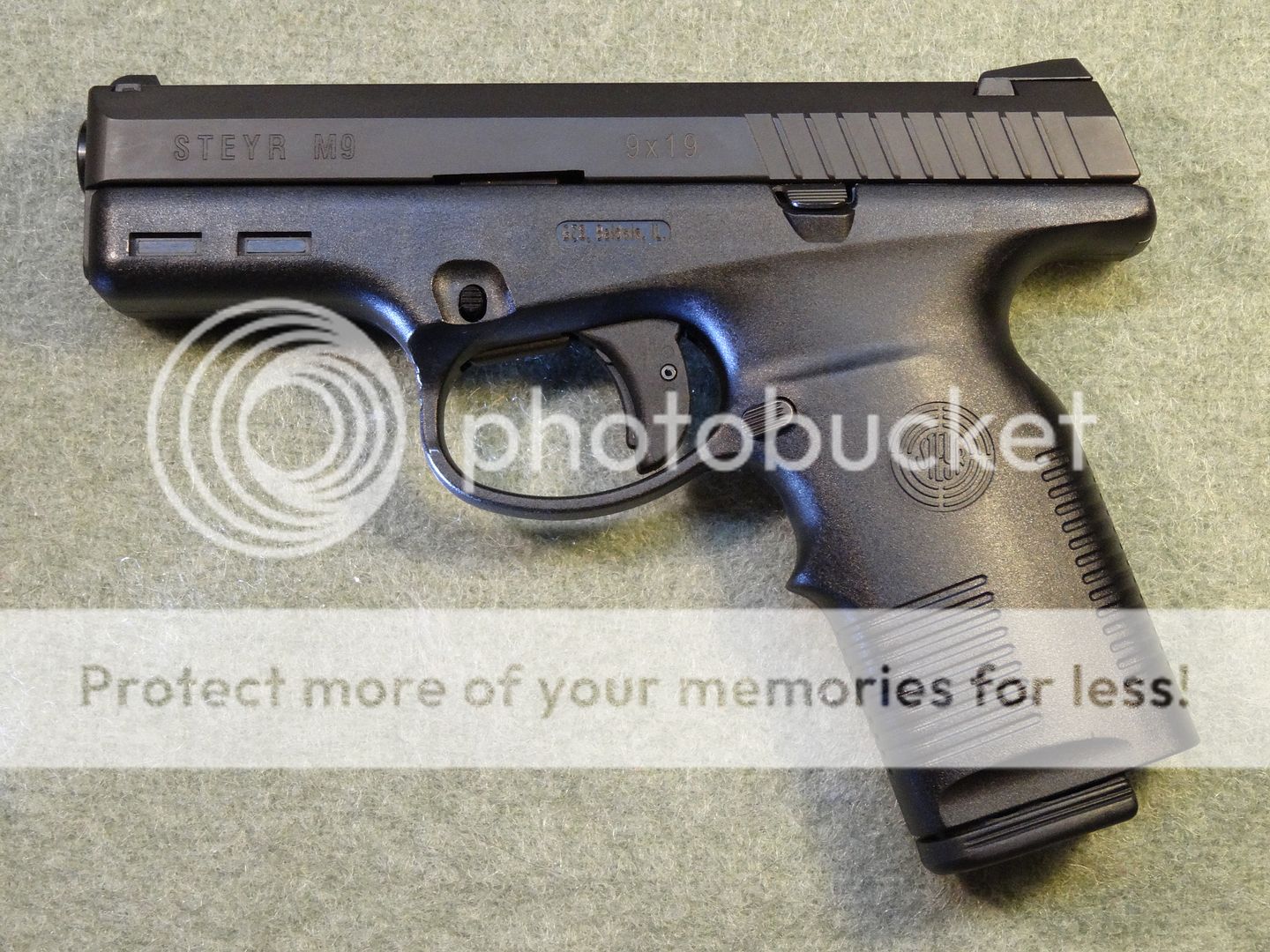TexasPatriot.308
Member
I just had my first experience with a striker fired pistols, a Remington RP. The only autoloaders I own are 1911s and other pistols are Ruger hunting pistols, mainly Blackhawks and one SP101. Very quickly I noticed the absence of a safety, this is probably an old topic, but I for one haven't got a use for an auto pistol without a safety. I for sure don't want my better half to have one, she can barely rack the slide anyway. What are the other pros and cons of this type pistol?


